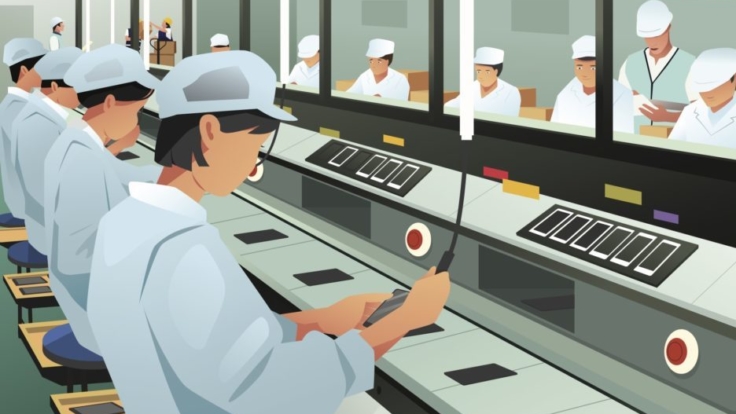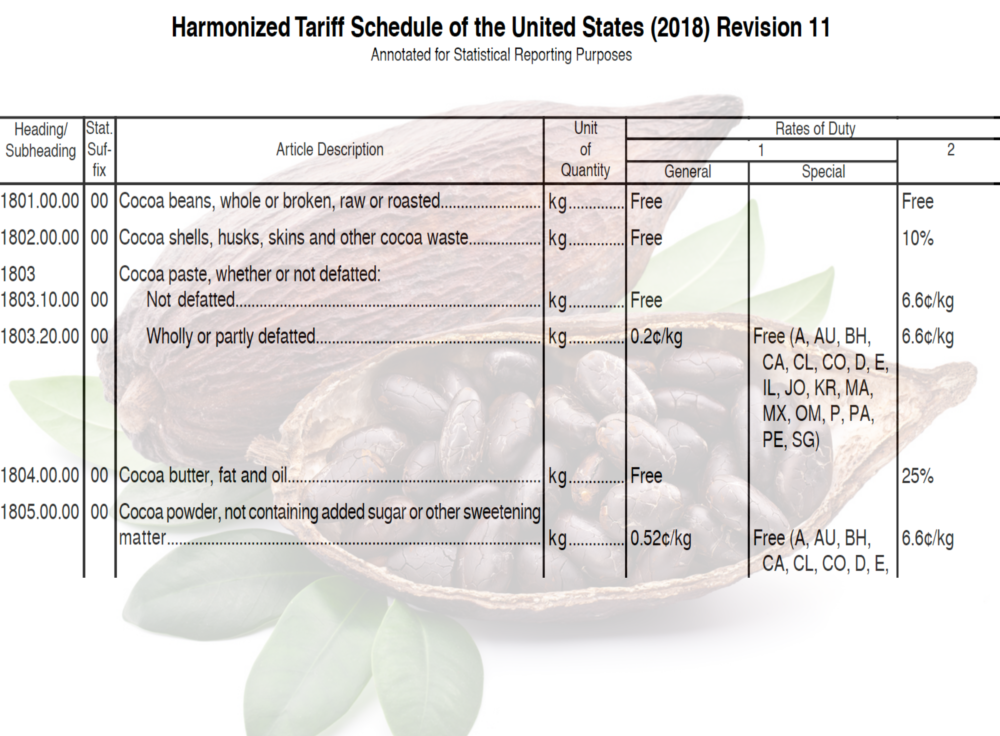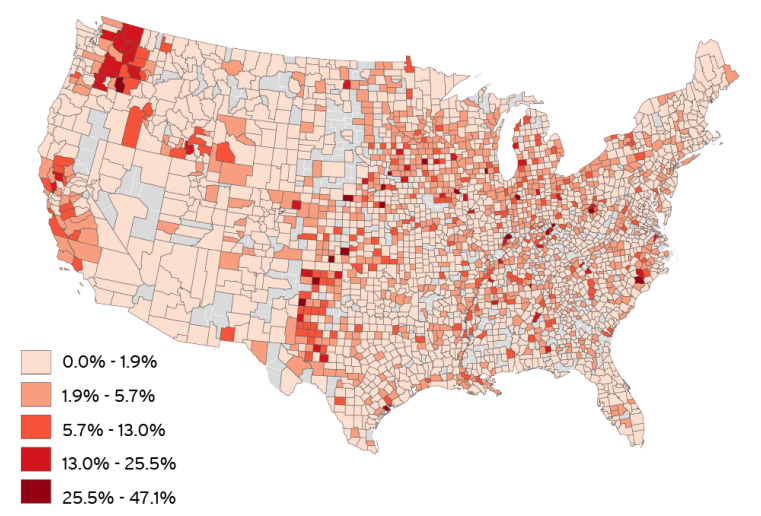A High Wire Act: The Trump Administration and Section 232
The current administration’s use of Section 232 to impose trade-restrictive measures on imports of steel and aluminum has become the source of increasing domestic discontent among steel-using industries, farmers who are the target of retaliatory tariffs, and Members of Congress who are reconsidering having delegated powers over trade to the President. It has also put WTO dispute settlement to an unwelcome test.






